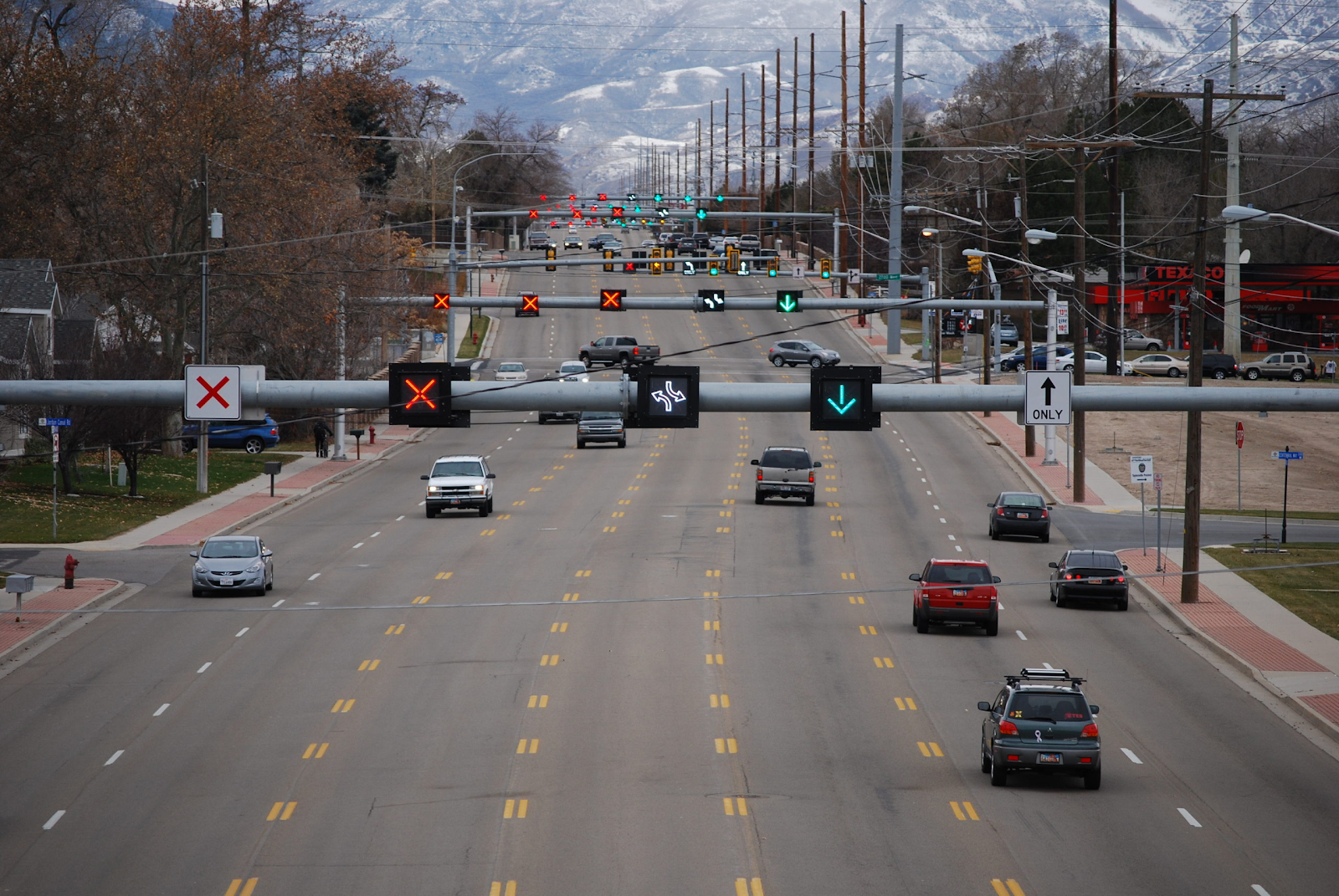DMV Test 1: Reading the Road 🚗👓
1. Pavement Markings:
Lines and symbols on the roadway divide lanes and tell you when you may pass other vehicles or change lanes.
1) Edge Lines:
Solid lines ____ that show you where the edge of the road is located.
1. Solid White __ Lines are used on the right of the roadway edge.
2. Solid Yellow __ Lines are used on the left of the roadway edge of divided streets or roadways.
2) Lane Lines:
- Lane lines are white _ _ _ ___ lines
- Separate multiple lanes traveling in the same direction
1. Dashed _ _ _ Lines: indicate you may cross to change lanes if it is safe to do so.
2. Solid ___ Lines are between lanes of traffic that indicate you should stay in your lane unless a special situation requires you to change lanes.
3) Center Lines:
- Center lines are yellow _ _ _ ____ lines
- Separate lanes of traffic moving in opposite directions.
1. Dashed Lines _ _ _ Passing is allowed.
2. Dashed Line _ _ _ Alongside a Solid Yellow Line___ indicates that passing is permitted on the side of the broken line, but not on the side of the solid line.
3. Solid Double Lines == Solid yellow lines may be crossed to make a left turn to or from an alley, private road, driveway, or street.
4) Yield Lines:
Used at locations where drivers are required to yield, such as a mid-block crosswalk.
5) Crosswalks and Stop Lines:
1. When required to stop because of a sign or signal, you must stop before your vehicle reaches the
stop line.
2. Crosswalks define the area where pedestrians may cross the roadway. You must yield to pedestrians in or about to enter a crosswalk. Not all crosswalks are marked. Be alert for pedestrians when crossing intersections.
6) Reserved Lanes:
1. One or more lanes may be reserved for special vehicles.
2. Reserved lanes are marked by signs.
3. Often have a white diamond 💎posted at the side of the road or painted on the road surface.
4. The following apply:
- “Transit” or “bus” means the lane is for bus use only.
- “Bicycle” means the lane is reserved for bicycles.
- “HOV” stands for “High Occupancy Vehicles;” a diamond-shaped marker indicates lanes reserved for vehicles with more than one person in them. Signs are posted that say how many people must be in the vehicle.
7) Shared Center Lane: https://www.youtube.com/watch?v=ZRDw6RmQ-y4
1. Used for making left turns (or U-turns when they are permitted), but can be used by vehicles traveling in both directions.
2. On the pavement, left-turn arrows for traffic in one direction alternate with left-turn arrows for traffic coming from the other direction.
3. These lanes are marked on each side by solid yellow and dashed yellow lines. In some areas, the shared center lane becomes a “reversible lane” during rush hours. Be sure you can enter the lane and that it is safe before you do so








تعليقات
إرسال تعليق